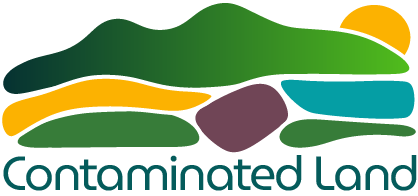Excavation refers to the process of removing soil and other solid materials from the ground, often as a means of managing contaminated land. It is a fundamental technique employed in both construction and environmental remediation projects. The materials excavated may vary widely, ranging from debris and man-made fill to natural geological deposits, depending on the site conditions and depth. Typically, excavation is used for targeting point sources of contamination, such as buried structures or localised pollution. However, the technique can also be extended to large-scale remediation projects.
A variety of earth-moving machinery is employed during excavation, and it is often complemented by processes such as screening and soil washing. These operations enable the sorting of materials by size, density, and contamination level. Visual indicators, like discolouration or specific materials such as asbestos, are used to guide segregation. Stockpiles are commonly created and sampled for laboratory analysis to determine the suitability of materials for reuse or treatment. Portable analytical tools may support this decision-making on-site. Selective screening using detection systems can improve efficiency and has proven effective for complex contaminant types like radionuclides.
Despite its utility, excavation involves significant safety and environmental concerns. The process may release fugitive emissions of volatile or semi-volatile contaminants, causing odours and posing health risks. Excavating soil containing VOCs or asbestos requires additional precautions, such as worker protection and enclosed workspaces. Moreover, excavation disrupts the soil structure and may transfer invasive species if not managed carefully. The movement and disposal of contaminated soil also pose logistical and environmental challenges, including haulage emissions and the need for replacement with clean fill. Deep contamination, especially in aquifers, may not be suitable for excavation due to geological constraints.
Excavation is a flexible and widely accessible remediation method, effective for a broad range of contaminants including hydrocarbons, PFAS, pesticides, and asbestos. It is particularly valuable in scenarios requiring complete removal of the pollution source. Nonetheless, its use is increasingly regulated, especially in jurisdictions aiming to reduce soil disposal through taxation or prohibitions. Integration with other interventions, such as ex situ treatments or engineering backfill, is common. Sustainability assessments must weigh risk reduction and material reuse against emissions, resource consumption, and community impacts, including noise and traffic. Consequently, careful planning and compliance with regulatory frameworks are essential for effective and responsible application.


